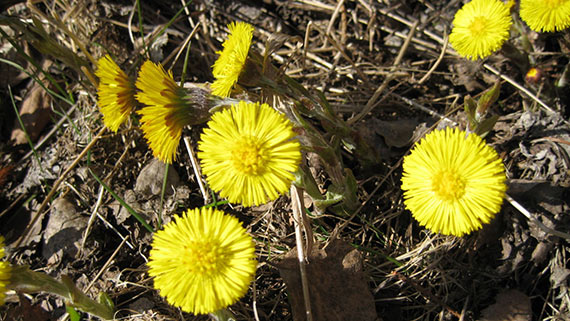Record warm and dry April

According to the statistics of the Finnish Meteorological Institute, April in Finland was in many places 2–3.5 degrees higher than the long-term average (1981–2010). In several observation stations, the month was exceptionally warm, meaning that similar circumstances only occur a few times in a century. In the 21st century, 85% of Aprils have been warmer than a typical April in the 20th century.
April was the warmest in a total of 13 measuring stations. The first runner up is year 1921, when April was the warmest in a total of nine stations. The observation network was not as comprehensive then as it is now, however. Station-specific record highs were broken in a few long-term observation stations. In Utö island, for example, the measured temperature of 15.9 exceeds the previous record by 1.4 degrees. In Utö, comparable statistics are available from 1901 onwards. In Apukka, Rovaniemi, and Rankki, Kotka, new record high temperatures (17.2 and 18.6 degrees, respectively) were observed compared to temperatures measured since the 1930s.
In Kouvola, the temperature reached at least 20 degrees on five days in April, more frequently than in any observation station for at least 60 years, i.e. during the period of digitised data.
The month's highest temperature of 22.8°C was recorded at Artukka, Turku, on 27 April. The lowest temperature was -22.2°C, recorded in Kilpisjärvi on 5 April.
Dryness led to wildfires
In most places, the rainfall was only approximately one third of the typical rainfall of April, stoking wildfires especially in the south during the latter half of April. The rainfall was not below the average in all areas, however. On a narrow strip from Satakunta to South Savo, it rained more than usually on 8 April due to the low pressure area in the southern part of Finland.
In many places in Lapland, the rainfall in April was the lowest in recorded history. In Pello, for example, the measured 3.6 millimetres is the lowest rainfall in April measured in the station during the nearly 50 years of recorded data.
The month's highest rainfall was 60.7 millimetres in Vehuvarpee, Ikaalinen, and the lowest was 1.8 millimetres in Utö, Parainen.
At the end of the month, there was snow left only in Koillismaa and Lapland, with the maximum depth of 50 centimetres.
Further information:
Weather statistics from the Climate Service tel. +358 (0)600 1 0601 (€4.01/min + local charges)Weather forecasts from the meteorologist on duty 24/7 tel. 0600 1 0600 (EUR 3,85/min + local network charge)
The weather is rarely exceptional. Meteorologists use the word ‘exceptional' only when a weather phenomenon occurs on average only three times or less within one hundred years. A weather phenomenon is called rare only when it occurs less than once in ten years.
